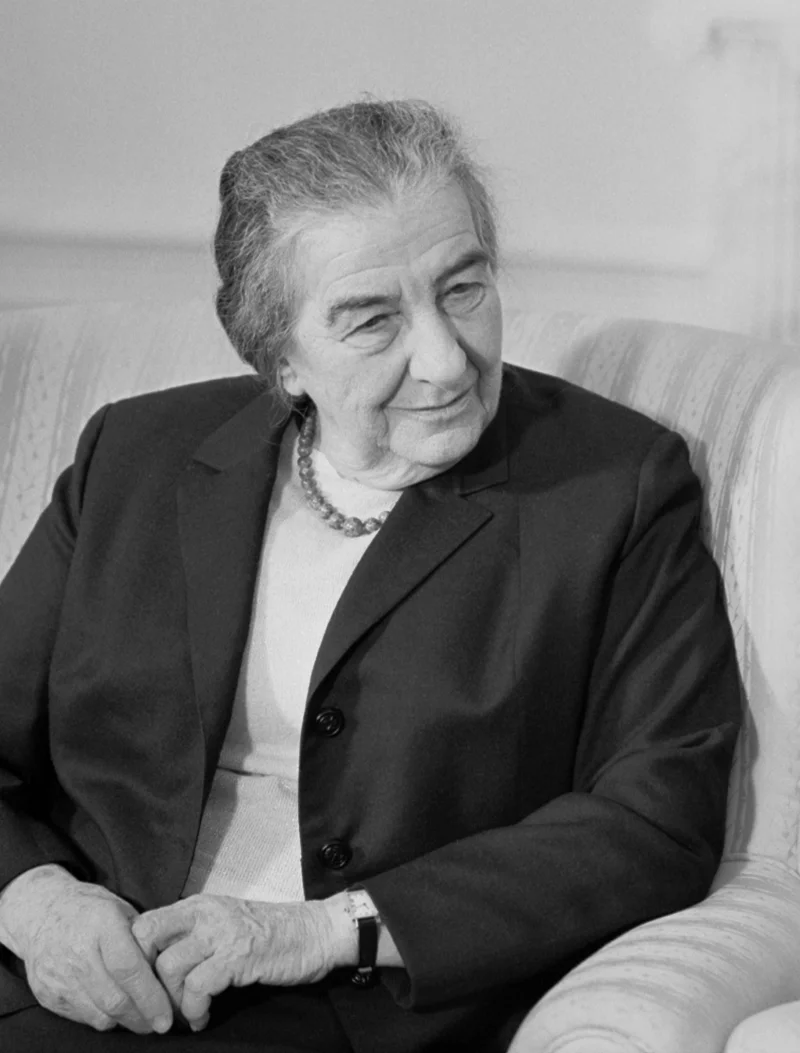Short Summary
Ashoka the Great was a prominent Indian emperor of the Maurya Dynasty, who ruled most of the Indian subcontinent from 268 to 232 BCE. He is best known for his transformation from a fierce warrior to a proponent of non-violence and the spread of Buddhism. Ashoka's reign marked a period of immense cultural and political expansion, alongside significant advancements in governance, infrastructure, and religious philosophy. His legacy endures as a symbol of effective and compassionate leadership.
Early Life & Education
Born around 304 BCE, Ashoka was the son of Emperor Bindusara and Subhadrangi. As a member of the Mauryan dynasty, he grew up in a regal environment, receiving training in warfare, statecraft, and administration. Though details of his early education are sparse, it is believed he was well-versed in the Vedas and other contemporary sciences. Influenced by his grandfather, Chandragupta Maurya, Ashoka was instilled with the aspirations of expanding and consolidating the empire. His early years were marked by the ambition to prove himself as a formidable leader and warrior, which set the stage for his initial conquests.
Career Highlights
Ashoka's career as a ruler began with his appointment as the governor of Ujjain and Taxila, where he demonstrated his administrative acumen. Upon ascending the throne around 268 BCE, he embarked on an aggressive campaign to expand the Mauryan Empire, culminating in the bloody conquest of Kalinga. This pivotal event caused a radical transformation in his outlook, leading him to embrace Buddhism and promote peace. He became renowned for his efforts in spreading Buddhism both within and beyond his empire, commissioning the construction of stupas, pillars, and edicts that propagated moral and ethical teachings.
Major Achievements
- Unified most of the Indian subcontinent under the Mauryan Empire, establishing a centralized administration.
- Promoted the spread of Buddhism by sending missionaries across Asia, influencing regions as far as Greece and Sri Lanka.
- Issued the Edicts of Ashoka, a series of inscriptions promoting ethical governance and religious tolerance.
- Established welfare systems, including hospitals, rest houses, and educational institutions throughout his empire.
Famous Quotes
- "All men are my children. What I desire for my own children, I desire for all men."
- "The greatest conquest is the conquest of the self."
Interesting Facts
- Ashoka's name means "without sorrow" in Sanskrit.
- He was initially known as Ashoka the Fierce due to his ruthless approach to warfare.
- The Ashoka Chakra, a symbol from his reign, is featured on the Indian national flag.
- His edicts were written in various languages, including Greek and Aramaic, reflecting the empire's diversity.
- He is credited with planting banyan trees along roadsides to provide shade for travelers.
Legacy / Influence
Ashoka's reign significantly influenced the cultural and religious landscape of Asia. His patronage of Buddhism played a crucial role in its spread across the continent. The principles of moral governance and non-violence he championed have become integral to Indian political philosophy. Modern India continues to honor his legacy through symbols like the Ashoka Chakra and the national emblem, reflecting the enduring impact of his ideals on the country's identity.
FAQ
Q: Why is Ashoka the Great famous?
A: Ashoka is famous for unifying India, promoting Buddhism, and advocating for non-violence after the Kalinga War.
Q: What were the Edicts of Ashoka?
A: The Edicts of Ashoka were inscriptions carved on pillars and rocks, outlining his policies and moral teachings.
Q: How did Ashoka contribute to Buddhism?
A: Ashoka played a pivotal role in spreading Buddhism by sending missionaries across Asia and building stupas and monasteries.
Q: What is the significance of the Ashoka Chakra?
A: The Ashoka Chakra symbolizes the eternal wheel of law and is a central feature on the Indian national flag.









